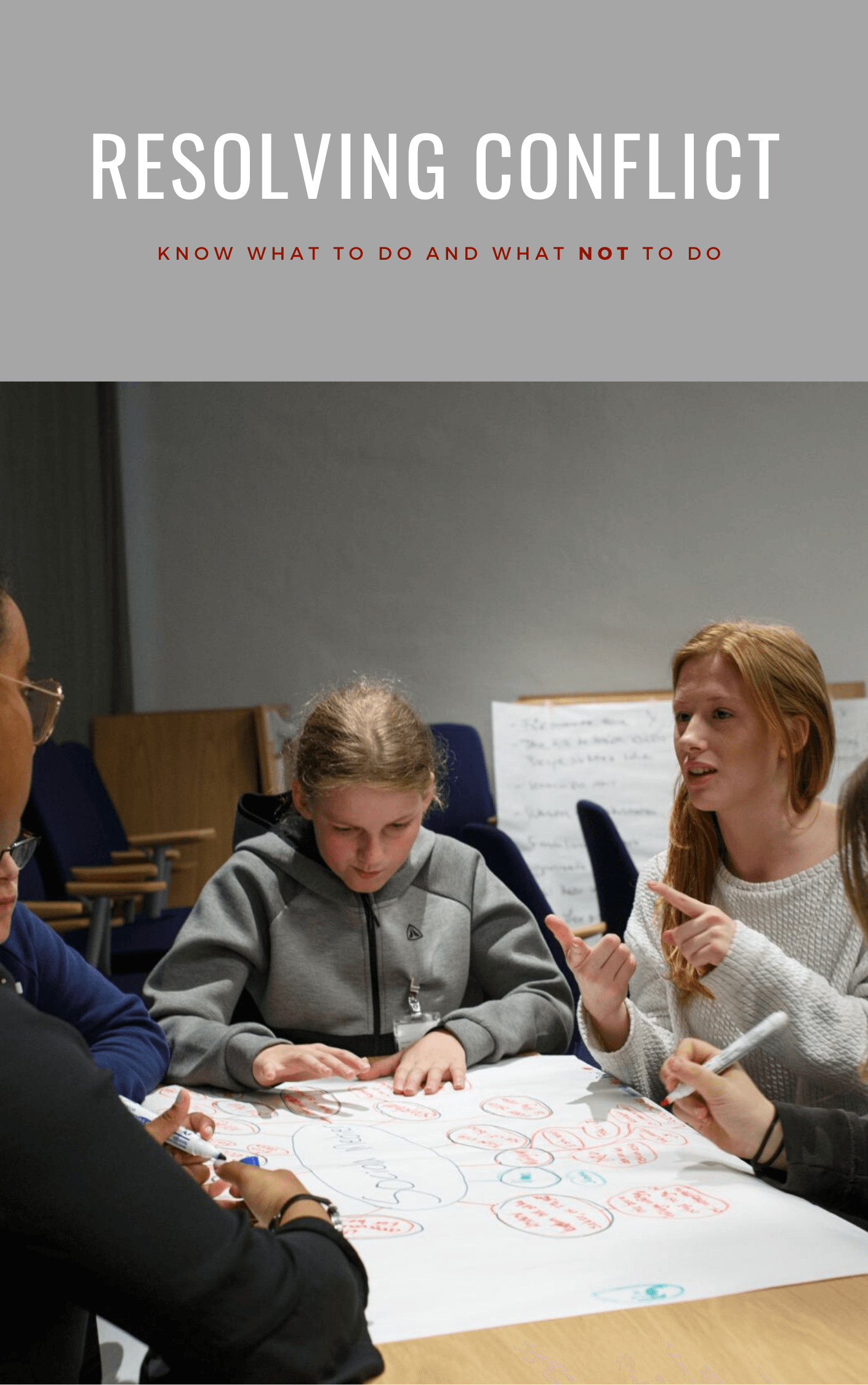The Hard Work of Dialogue (Part 2)
In my
last post
I introduced the idea of dialogue—the forgotten art of listening and speaking with respect. Dialogue (see diagram here) balances
inquiry
(listening and suspending) with
advocacy
(respecting and voicing) to create an interaction in which everyone is heard and dignified. Dialogue is neither agreeing nor disagreeing, it is simply the meaningful conversation that takes place before a fruitful debate or discussion.
The first practice is listening to understand. This is where you hear another person’s words and learn their meaning. What is the person saying? What ideas do they want to get across? What are they feeling now? What is important to them? What does this mean for them? What is not being heard by me or others? Why? How can I connect with them? What can I learn from them? What have I been missing? How can this new information change my point of view? What are the inconsistencies, dilemmas, and paradoxes they may be voicing without knowing it?
These questions help you concentrate on direct observation and stick to the facts. You may need to dismiss your old thoughts and assumptions as you stay in their moment, hear their story, and defer interpretation.
It's important at this stage to listen without resistance as you notice your own resistance. Pay attention to how you are reacting to what is being communicated and ask yourself why. Focus on being still, staying silent inwardly and outwardly.
In my next post I will look at
suspending—
the second practice of
inquiry.















